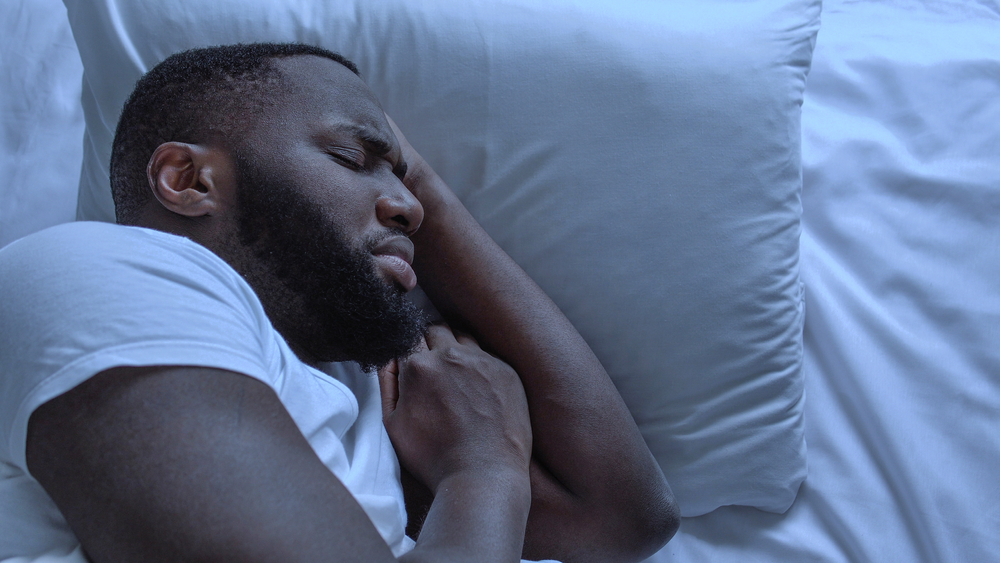What happens when you are ill

When you’re ill – whether it’s a cold or flu, a stomach upset, a chest infection, or something else – it’s likely that your blood glucose levels will increase. This is very common even if you’re taking your insulin properly and if you’re eating less than usual.
If you are unwell, there are a few things to think about:
- What are your symptoms?
- Why is your blood glucose high?
- How should you manage your insulin?
- What if you don’t feel like eating?
- What if you have ketones?
- When should you get medical help?
We will cover all these points in this part of the course. By the end, you should have plenty of useful information on how to deal with illness and keep your blood glucose levels as stable as possible until you recover.
Remember: if you are unwell, feeling sick or vomiting, or have stomach pains you should check your blood glucose and ketone levels regularly and contact your diabetes care team. If you can’t get hold of a healthcare professional, then you should go to A&E as you may be developing diabetic ketoacidosis. Check your symptoms against this flowchart to see when it’s time to seek medical help.
What are your symptoms?
If you’re feeling unwell, your symptoms are most likely to fall into one of these types:
- Cold: sneezing, runny nose, cough, shivery, tired, headache
- Chest infection: cough, tight chest, coughing up mucus, hot, tired, aching
- Urine problems: passing a lot of urine, needing to urinate often, painful urination, tired, aching
- Stomach problems: feeling sick, vomiting, diarrhoea, stomach pain, tired, loss of appetite
Some of these symptoms however are the same as the symptoms of high blood glucose – this means if you don’t test your blood glucose regularly you might not realise it’s high.
Why is your blood glucose high?
Think of an infection or illness as the enemy which your body has to fight:
- To do this your body needs more energy.
- To get this extra energy it needs to find more glucose.
- This extra glucose is found in your liver and muscle and released into your bloodstream.
- If there is not enough insulin the glucose cannot pass into the cells to be used as energy.
- Blood glucose will rise unless you take more than your usual insulin dose.
What if you don’t feel like eating or drinking?
Many people lose their appetite when they’re feeling ill. You should try to eat some carbohydrates if you can, to provide your body with extra glucose to fight the illness. If you can’t face bread, cereal, pasta and so on, try small amounts of sugary drinks, ice cream, smoothies and custard.
The other very important thing is to drink plenty of water. If your blood glucose is high you can easily become dehydrated.
Ketones
If you are feeling unwell or your blood glucose is higher than 13 mmol/L, you should test for blood ketones. A ketone level of under 0.6 is normal. If your ketone level is 0.6 – 1.5 this is a warning sign that you are starting to produce ketones.
If your ketone level is over 1.5 you should seek immediate medical treatment as you are at risk of diabetic ketoacidosis. Ketone levels above 3.0 suggest that very urgent emergency treatment is needed. See the ketone chart below:

For the insulin adjusting flowchart, please click here.
When should you seek help?
- If you are unwell and feel like you need some support you should contact your diabetes care team. If you cannot contact them, you can phone your GP or NHS 24.
- If your ketones are over between 1.5 and 3.0 you should contact your on-call diabetes doctor or diabetes specialist nurse, or call NHS 24. It’s much easier to deal with high blood glucose levels and small amounts of ketones if found early, rather than leaving it until you feel very unwell and need more intensive treatment.
- If your ketones are >3.0 or you have any level of ketones and are feeling sick, are vomiting, have stomach pains, or are feeling drowsy you should go to your nearest A&E department, or speak to emergency services.



Leave a Reply
You must be logged in to post a comment.